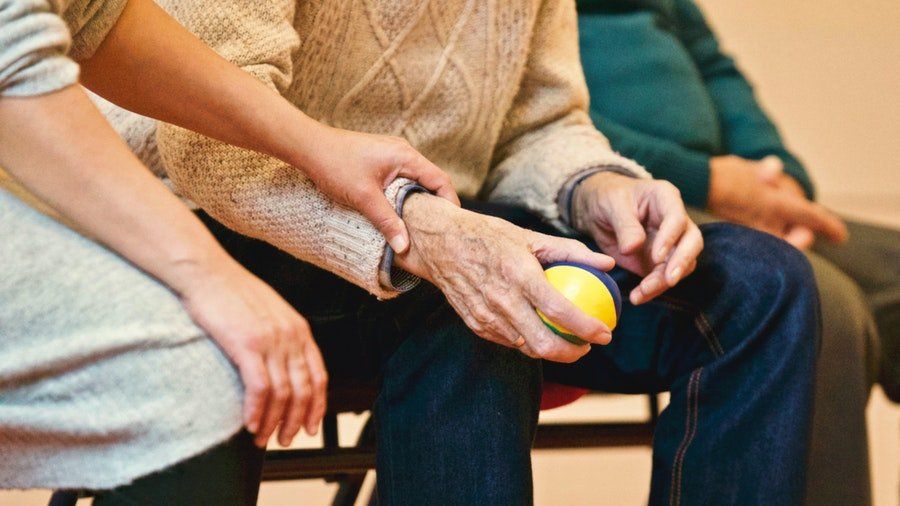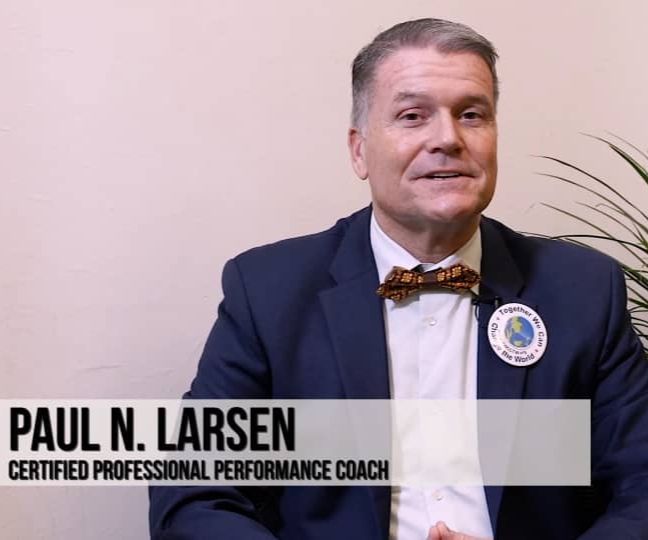Sim-biosis: The Secret Behind A Dynamic Team

How simulations can help create positive experiences. The definition of symbiosis is the interaction between different organisms living in close physical association, typically to the advantage of both. Though this is often a term used to describe various organisms in nature, I couldn’t help thinking how nice it would be if we could achieve symbiosis in our place of work.
We often have a sense that our work teams are not performing as well as we could. We may feel that there is more untapped potential to be leveraged. Perhaps too much friction and conflict in our team are derailing that potential.
But deep down, we know that the whole should be greater than the sum of the parts. Helen Keller’s words ring true within us,
Alone we can do so little; together we can do so much.
Yet, it’s hard to figure out the solution to many team dynamics issues.
Read also: What’s With The Pond?
Only because it involves complexities, both in individuals as well as in the work situations; and there may be numerous causes to this conundrum. So, what can we do to maximise the potential in our teams and create the right symbiosis in our organisations?
More and more we are seeing that Learning & Development (L&D) initiatives are moving towards team development. Leadership development is still as important for individuals, as they take on bigger roles.
However, team development has taken on a far more important place, as it immediately impacts productivity. It helps by creating a shared vision and better alignment, while removing obstacles. Collaboration is the key:
- 33% of employees say the ability to collaborate makes them more loyal – The Economist research
- 86% of employees and executives cite lack of collaboration of ineffective communication for workplace failures – Fierce Inc research
- 38% of workers felt there was not enough collaboration – Cornerstone OnDemand research
So, the problem is clear. What is the solution? Enter simulations. We know simulations help us understand content by contextualizing it to a real scenario. We know this helps learners internalise knowledge and how to apply it.
What’s not often discussed is the ability of simulations to drive home team dynamics. Both as an assessment vehicle as well as a developmental one. So, no, there’s no typo in the title of this article; it was really intended to be a sim-biosis.
I’ve conducted quite a few simulations at Leaderonomics.
It continues to fascinate me to see how participants have their “a-ha” moments when the simulations highlight that their revealed behaviour is quite different than their perceived behaviour.
Let me explain. In a simulation we run called “Coldwar,” which is modelled after the US-USSR cold war in the 70s and 80s, we find even individuals who have collaboration at the top of their mind, fall prey to creating silos, just to win.
This might interest you: Of Mutual Trust, Respect And Friendship
In a simulation called “Allocate,” we see individuals who prioritise objectivity, fall prey to emotional instinctive decision-making, in the heat of the moment. Simulations allow these natural tendencies to surface and be discussed in a safe way.
These “a-ha” moments serve as an impetus for them to begin a journey of self-reflection, which leads to corrections. Ultimately, as individuals see how their “natural tendencies” tend to favour self over the team, they start to realise there needs to be conscious effort to drive collaborative behaviour and community building.
Psychologists have been researching this for a long time. That’s why there are different types of occupational psychometric tests; those that measure aptitude, behaviour in situations, attitudes, and preferences to name a few.
The distinction is quite important, as our inherent traits may not necessarily reflect how we behave in certain situations. Simulations, on the other hand, are perfectly suited to let you play out exactly how one will handle a certain situation.
The realisations and consequent learnings then become more practical and can immediately be taken back to the workplace.
As mentioned earlier, simulations can be a powerful assessment tool as well. By understanding how teams behave in simulated situations, we get better insight into the real causes of the problems.
In the “Coldwar” simulation which focuses on alignment and collaboration, we may find various root causes for the lack of collaboration.
It might be due to a lack of communication skills, or perhaps a lack of trust, or perhaps high power-distance index in the organisation, or perhaps even wrong KPIs or culture. If we don’t go through this process of diagnosis, we may wind up addressing the wrong issues.
You are not going to get better at collaboration and building “communities of love” by listening to trainers preach about the company vision, mission and values. Or by urging people to collaborate. When people experience and visually see how uncollaborative they can be in the simulation, they can then see why they may exhibit the same behaviour in the workplace.
These realisations then lead to real conversations about how to collaborate better. These learnings will persist because they came from self-realisation, not through instruction. The learnings are also sticky, as they are learnt together, as a team.
As Henry Ford aptly put it, Coming together is a beginning, staying together is progress, and working together is success.
I fully believe that team-based simulations give us the key to open the door to the secrets of team dynamics and enabling us to build “communities of love” in organisations, not communities of fear, resentment, self-glorification or even communities of hate. Simulations are the key as they help us create synergies that are advantageous to the individual, the team and the organisation, in perfect sim-biosis.
Enjoyed the article? Check out the video below about how virtual team building is made possible by Leaderonomics!
Do you desire to accelerate your growth? Look no further. Necole is a state-of-the-art learning platform that curates personalised learning just for you. To find out more about Necole, click here or email info@leaderonomics.com.
Functional
Tags: Be A Leader
Sashe is certain that his 18-year early career in IT was about leadership and not technology. He has spent the last 8 years redefining what that means as a HR consultant and learning leader with Leaderonomics.





